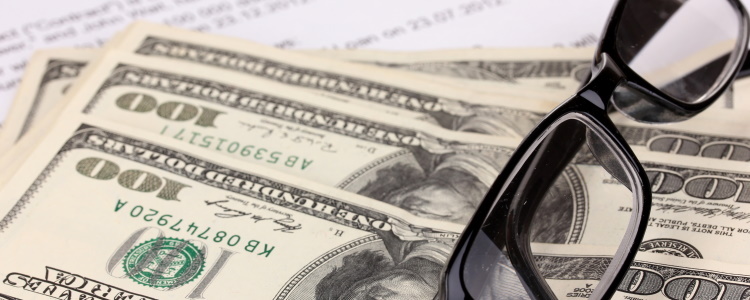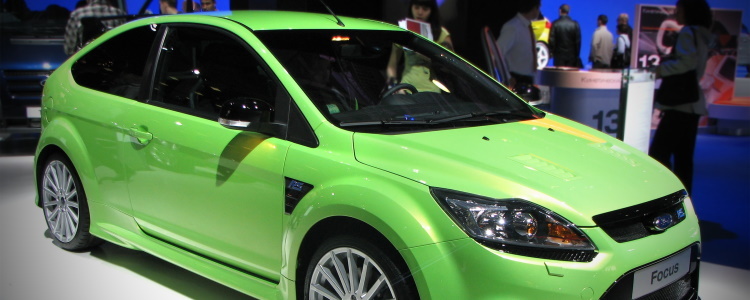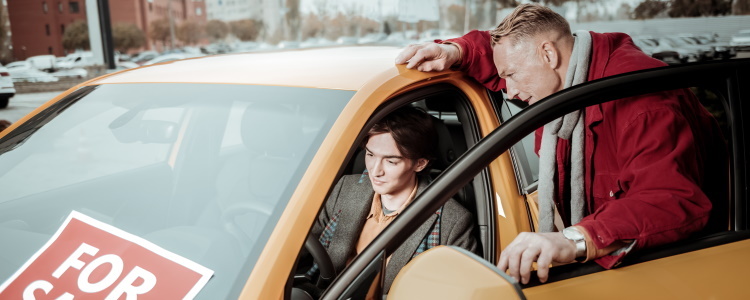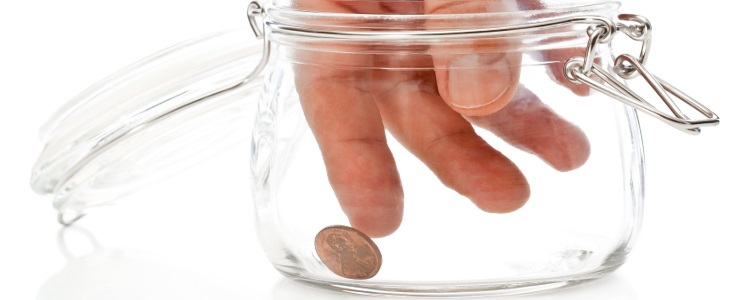The most you can borrow with a subprime auto loan depends entirely on your individual situation. There's more to consider than you might know when it comes to getting a car loan with bad credit. And, your options may not be as limited as you think.
Spending Limits for Subprime
When it comes to car loans "most" is subjective. Most lenders set minimums rather than maximums. Even though there's no maximum auto loan amount, the sky's not typically the limit. However, the minimum amount you're usually allowed to finance is $5,000 including taxes, surcharges, and fees.
This means that the minimum financed amount must be at least $5,000, not that the vehicle has to cost that much. If you can find a car under this amount, you may still be able to finance it if all the additional costs bring it over the minimum threshold. To finance a vehicle with a subprime lender, it must also typically be under 10 years old and have less than 100,000 miles on it.
There are other factors that determine how much of a loan you can get, as well. For instance, subprime loans typically don't exceed 125% of the loan to value (LTV) ratio.
Also, instead of focusing on the most you can get for an auto loan, it's important to look at how much you can comfortably afford to repay. You have to prove you have enough income to cover any amount you borrow. This usually means having a debt to income (DTI) ratio that doesn't exceed 45% to 50% of your gross monthly income in order to qualify.
Getting a Subprime Auto Loan
Getting a subprime auto loan isn't like getting a direct loan with good credit. You typically need to prove you can handle the loan and be approved before you can even choose a car. Lender requirements can vary, so it's important to know what's expected of you with different lenders.
Subprime lenders are typically indirect third-party lenders that work through special finance dealerships. The finance manager is the middleman between you and the lender, so you typically need to bring all your documents with you when you visit a dealership. These include proof of income, residency, and a working phone. You’re likely to need a valid driver's license, personal references, and a down payment of at least $1,000 or 10% of the vehicle selling price as well.
The good news is that some captive lenders also offer loans to people with poor credit. This means that you can usually find lending options at both franchised and independent dealers, and may even be able to purchase an affordable new car in some cases.
In-house Financers, on the other hand, only sell used cars. Also known as buy here pay here (BHPH) dealers, they don't always require as much documentation as a subprime lender. And, since they don't rely on third-party lenders, these dealers don't always require a credit check. You still need a valid driver's license in most cases, and to be able to prove you make enough to cover the loan. You're also typically required to provide a large down payment, sometimes as much as 20% of the vehicle's selling price.
Ready to Get Started?
Loans can be a hassle, and knowing what's expected of you every step of the way is a good place to start. No matter which type of loan you need to get, the first step should be to check your credit reports and score. Once you've done that, you need to find a dealership or lender to work with, and this is where we come in.
At Auto Credit Express, we've cultivated a nationwide network of special finance dealerships that have options. We want to take the stress out of your next subprime auto loan situation by connecting you to a local dealership. The process is fast, free, and no obligation. Get started by filling out our auto loan request form today.
















